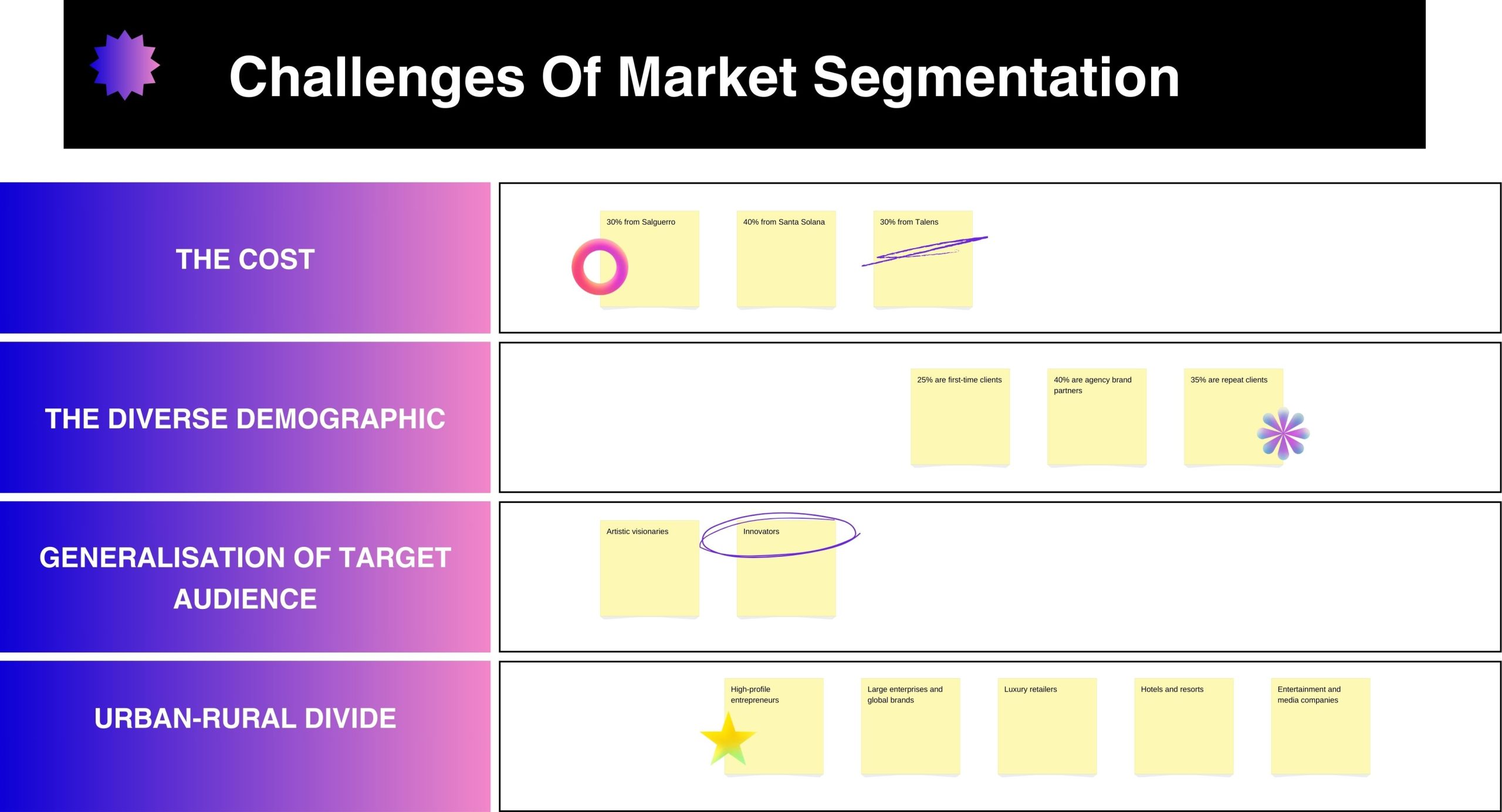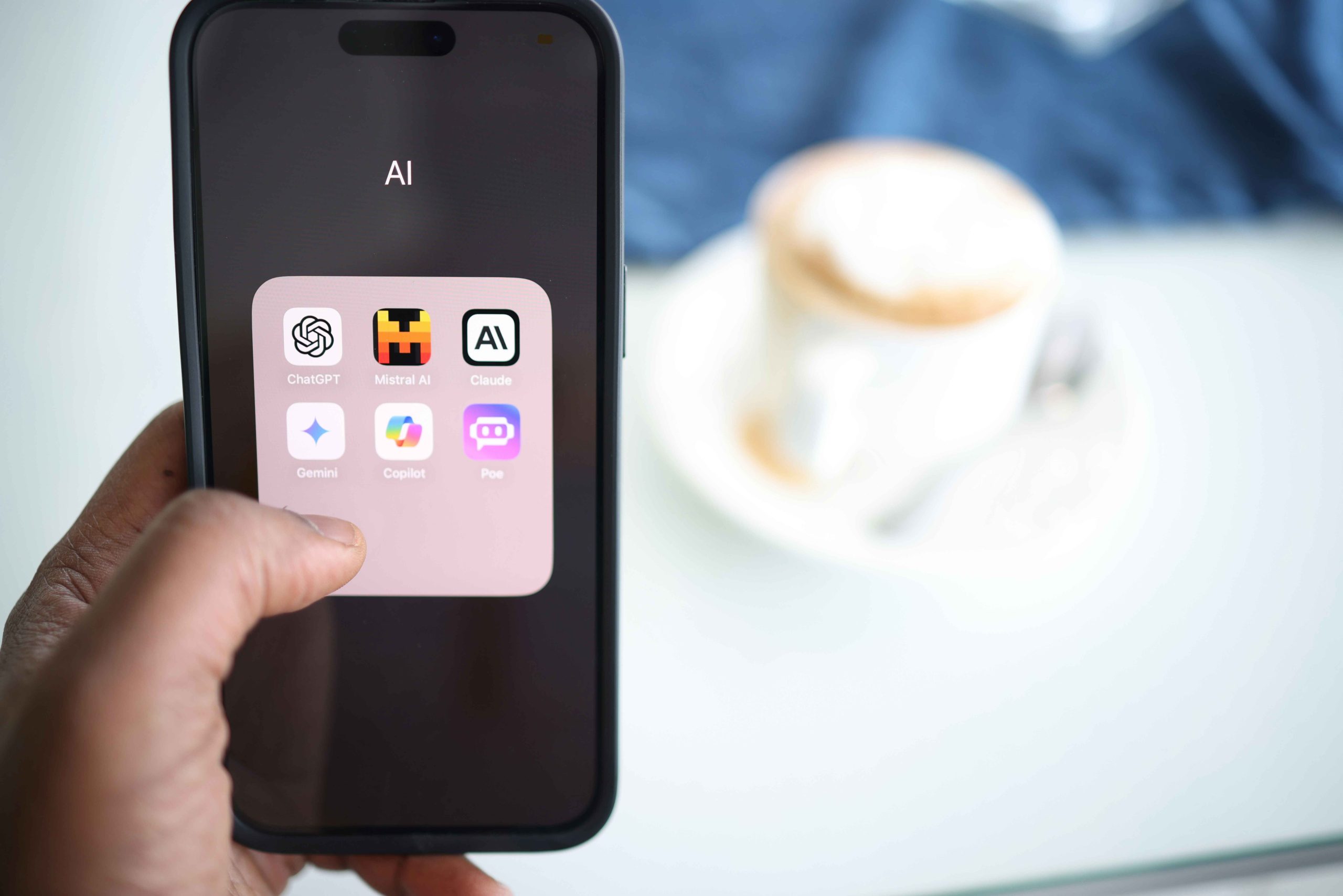The world of technology keeps hitting new highs and the wave has hit the entertainment industry especially, Hindi films in India. The strategies behind selling a film are getting layered. Film marketing, just like processes in other industries, begins at the product development stage and continues through formation, distribution and exhibition. With many high-profile films battling for the same audience, the film marketer’s job to make their films stand out, gets tougher. According to GroupM’s showbiz marketing report, a film’s marketing budget forms 10-15% of the total production budget. However, the biggest difference between film marketing last decade and now is an altogether new medium – digital. In recent times, the average split of the marketing budget pie has been lower on print and higher on television with digital making the big headway.
A typical film marketing plan includes objectives, timeline, budgets and promotional activities which can begin much earlier than the release of the film. It starts with the first look, followed by a teaser, a theatrical trailer, music launch, promotional tour, interviews, film premiere and publicity. The report notes that a film’s ancillary content which includes– making of, promotional songs and behind-the-scenes material now find a relevant place on the web. Over the years, studios have invested in creating ancillary content which has sometimes managed to get even more traction than the film itself. Take for instance, Sushant Singh Rajput’s ‘candid’ teasers with the real Dhoni for his film MS Dhoni – The Untold Story or the Dangal “fit to fat” video which tremendously boosted the pre-release buzz level of the film. Just like how hand-churned film projectors or posters with wet paint have evolved to digital projections, the world’s largest film producing country is also taking the digital route, when it comes to marketing.
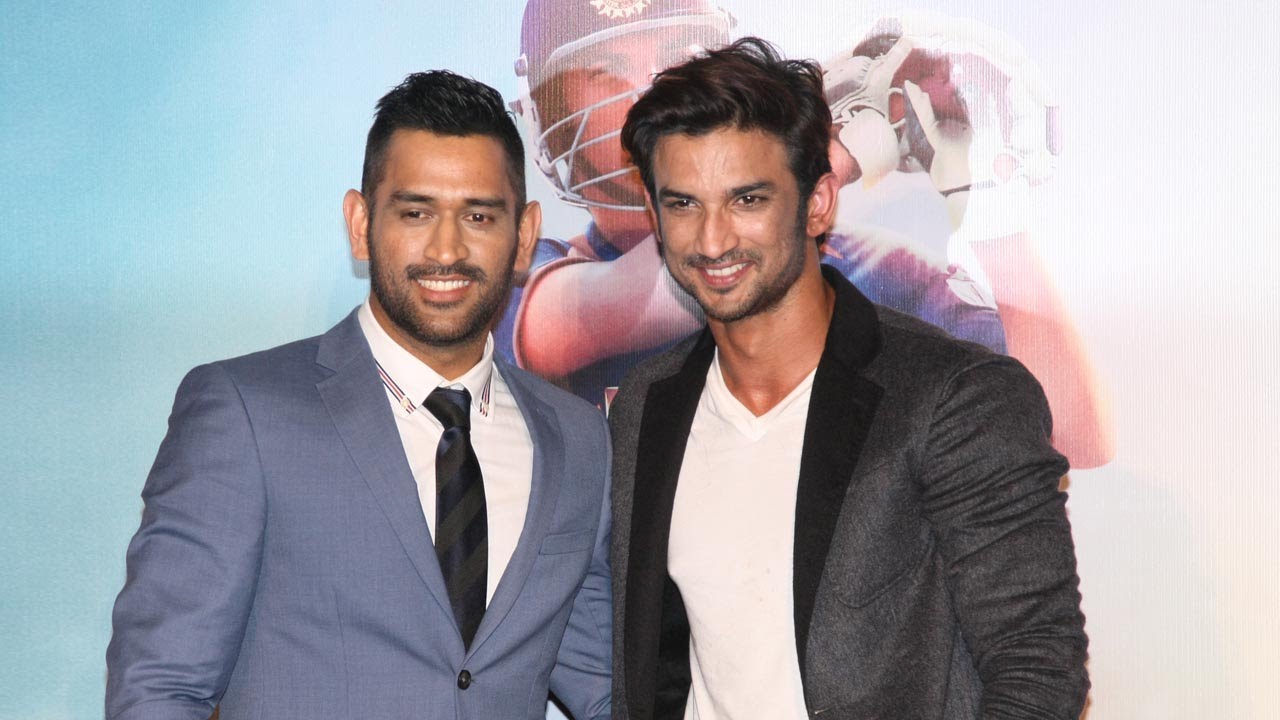
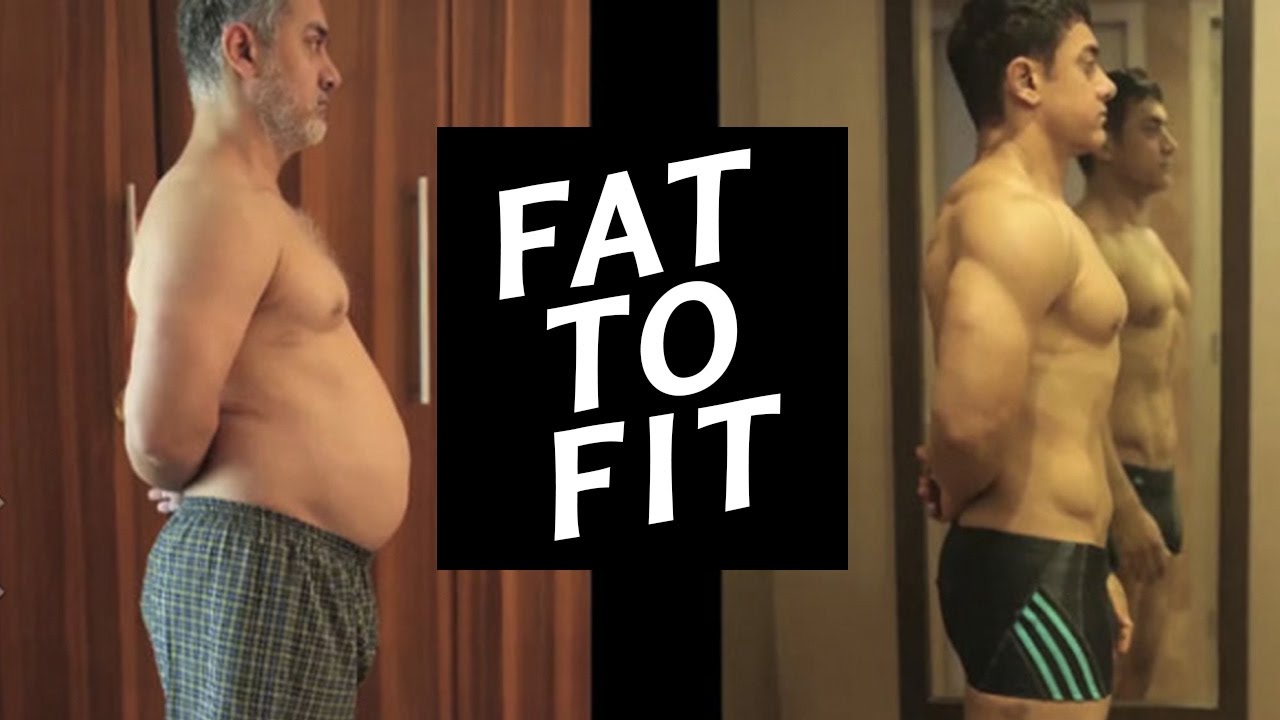
‘Digital first’ is the idea of opting to show a film’s assets to millions on the web first before anywhere else. According to the report, this has impacted the first look, first motion picture, music release, trailer release and film release. Now, marketers have shifted their focus to “engagement” and “reactions” in order to tailor their promotions. The report states that Facebook has been gaining more relevance as a vital marketing tool for film promotion than ever before. The social networking platform enjoys 241 million active users in India, one of its biggest markets, and obviously for a majority of Indian users, Bollywood is a big draw.
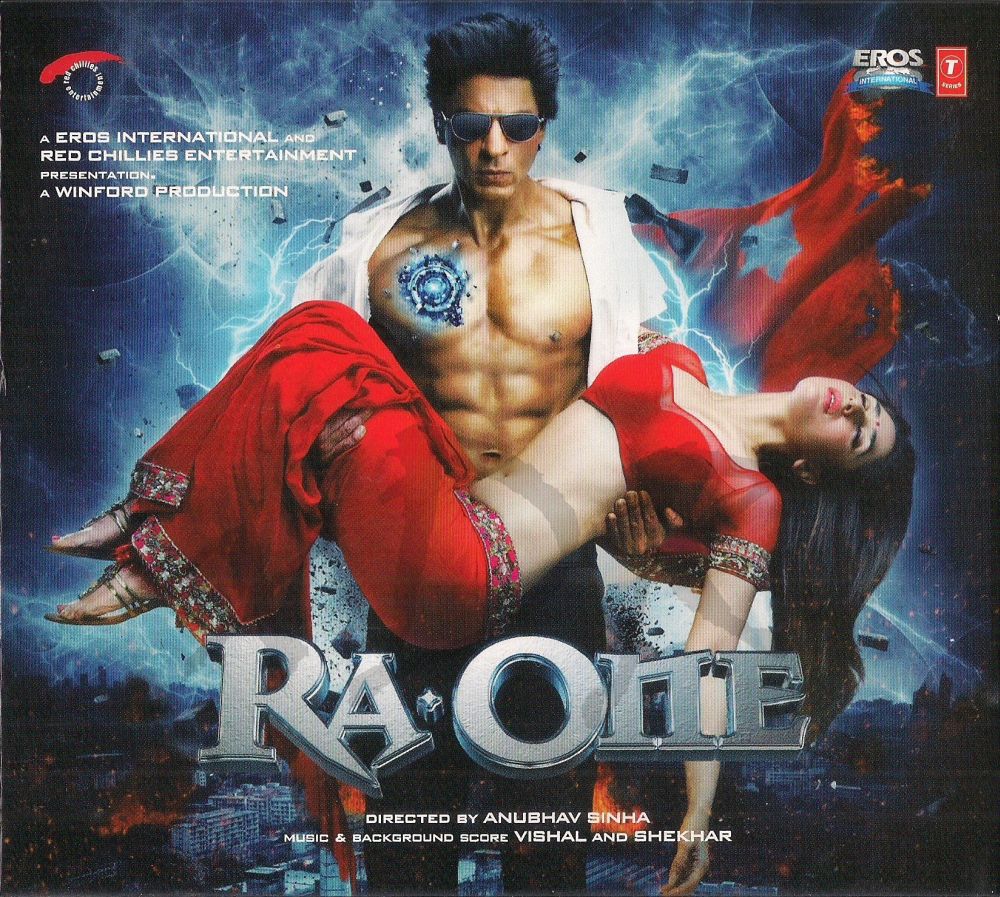
As per the report, Shah Rukh Khan’s home production Ra.One in 2011 went all out on Facebook to promote the game ‘Ra.One Genesis’. In 2016, Riteish Deshmukh used the live stream feature on Facebook to stream the making of a song for his film, Banjo. This was a first for any film. Chat bots are also adding a new level of personalisation to the fan experience, a tool effectively used by Hrithik Roshan for his film, Kaabil last year where the star directly sent the trailer to thousands of fans through Facebook messenger. The report also identifies that the total number of YouTube channels in India at the end of 2016 was 13,99,000+, the views clocking in a neat 22,375 crore, subscribers standing at 4118.5 lakh and uploads at a staggering 97.5 lakh. The top YouTube channels in India across categories are – T-series followed by SET India and children’s animation channel, Chu Chu TV.
The digital reach, however, goes well beyond YouTube. As the OTT (over-the-top content) market gets competitive, ‘platform exclusivity’ is becoming the rule for film assets. The report explains that streaming platforms such as Hotstar, Voot, Amazon Prime Video and Netflix have exclusive windows for Hindi films which are regarded as premium content. The understanding here is that a potential film watcher will value ‘premium’ content on a streaming platform over one which is freely available on a music or entertainment channel. With a rising number of streaming platforms, the report notes that the practice is only going to become a norm for big releases in years to come.
One of the biggest takeaways from the report is that entertainment icons today have the ability to engage with audiences on social media platforms and their commitment to create exclusive content is at its peak. The focus is on the star’s social media presence which in return, must amplify his or her physical presence and boost the film’s marketing assets. The star is the focal point of a well-strategized digital campaign whose sole goal is to earn engagement. More people came to know of Tiger Shroff’s Flying Jatt thanks to his ‘Beat Pe Booty’ challenge while Varun Dhawan’s 100 fan challenges for Dishoom and Ranveer Singh’s quirky Befikre videos kept their loyal fans on their toes. As they reach out directly to their fans, such videos and marketing moves give the film a captive base of a few million, at the very least. The star is the loudspeaker here, for it is his/her tweets, posts and videos that fuel their fan clubs. Today, studios also understand whether their stars are impacting their films in a positive or a negative way. Studios also know who are the carriers of positivity around a project, which can help them succeed in launches, be it a movie or a webseries.

Gauging the impact of a big film’s trailer is also a fair way to look at the role of digital media in Hindi films today. The report examines the biggest releases since 2015 and the analysis showed that the top 10 grossers for each year had trailers with the maximum interactions and reactions. This is increasing year on year.
In 2016, the economics of demonetization hit the film industry too, and going cashless by using digital wallets impacted consumer behaviour remarkably in A-town markets. Today, with just a few taps on an app, one can book seats for a film and snacks. India’s digital wallet wave is getting bigger and film goers are engaging more with apps and electronic money than ever before. As per the report, film marketers will need to consider better cashbacks and promotional offers through booking sites and e-wallets as part of the digital marketing strategies.
Finally, the report presents a Six C Model which defines the marketing mix of digital film promotions:
- Consumer: The king is the Youtuber or Facebooker who spends valuable data to stream a film’s asset. Activating fan clubs and influencers and countering negative comments is the new routine.
- Content: If consumer is king, content is emperor. Stirring up the various assets of a film and laying them on a calendar is an unwritten rule.
- Category: Generating buzz and conversations not only around the film, but around its subject, actors and characters is critical.
- Conversations: The comments, reactions, anticipation and the talk about competition is all evaluated. Two-way conversations are preferred to one-sided communication.
- Conversions: Using digital tools to drive the online ‘conversations’ to Box Office ‘conversions’ is the goal behind every campaign.
- Culture: Let’s not rule out that for many biggies, external cultural factors such as the political climate and current affairs trends affect promotion.
The giant film business, will continue to evolve in unpredictable ways, seek trends and set new ones simultaneously. The report predicts that the next level of digital film marketing would involve production houses having their ears to fan reactions through comments, likes and sentiments, altering promotion plans and trailers. In fact, most of them are already using analytical tools such as Lexalytics for sentiment scores and Buzz Engine for film promotions. With the number of film releases increasing at an average rate of 10% every year except 2008 and 2017, digital media will continue to play a key role in reaching out to audiences. Going forward, India’s digital content consumption numbers will surge to millions with audiences having the power to impact a film’s sentiments even before its release, the report concludes.

